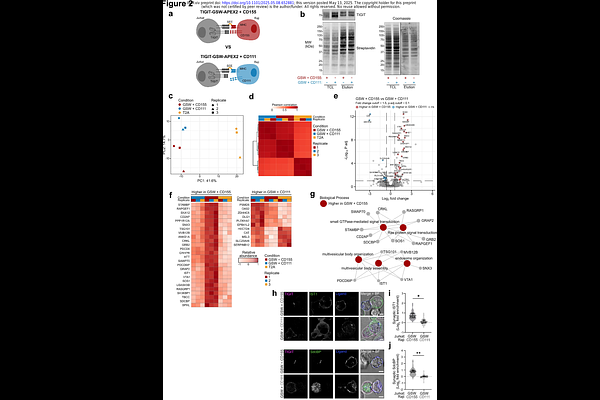Inhibitory TIGIT signalling is dependent on T cell receptor activation

Inhibitory TIGIT signalling is dependent on T cell receptor activation
Zammit, W. H.; Le Maistre, L.; Elliot, T. A. E.; Cain, S. A.; Humphries, M. J.; Davis, D. M.; Worboys, J. D.
AbstractTIGIT is an immune checkpoint receptor that can signal via cytoplasmic ITT-like and ITIM motifs to regulate T cell function. The signalling molecules that mediate inhibitory TIGIT signalling in T cells remain poorly defined, and it is not clear how TIGIT activation is regulated. Here, proximity proteomics was employed in Jurkat T cells to identify TIGIT-associating proteins upon engagement with its ligand CD155. This identified several ligation-specific TIGIT interactors, including proteins involved in signalling (Grb2 and SOS1), cytoskeletal regulation (CD2AP and SdcBP), and endocytosis (IST1 and SNX3). A TIGIT mutant (Y225A/Y231A) incapable of signalling via its inhibitory motifs prevented the recruitment of these proteins, indicating inhibitory signalling-specific engagement of these pathways. Strikingly, T cell receptor (TCR) stimulation was also needed for TIGIT to engage with these pathways. Mechanistically, phosphorylation of TIGIT required both CD155 ligation and TCR activation, which resulted in signalling and internalisation. These findings demonstrate that TIGIT signalling is context-dependent and restricted to T cells receiving simultaneous TCR activation. This establishes a regulatory mechanism that limits checkpoint control to when functionally required.